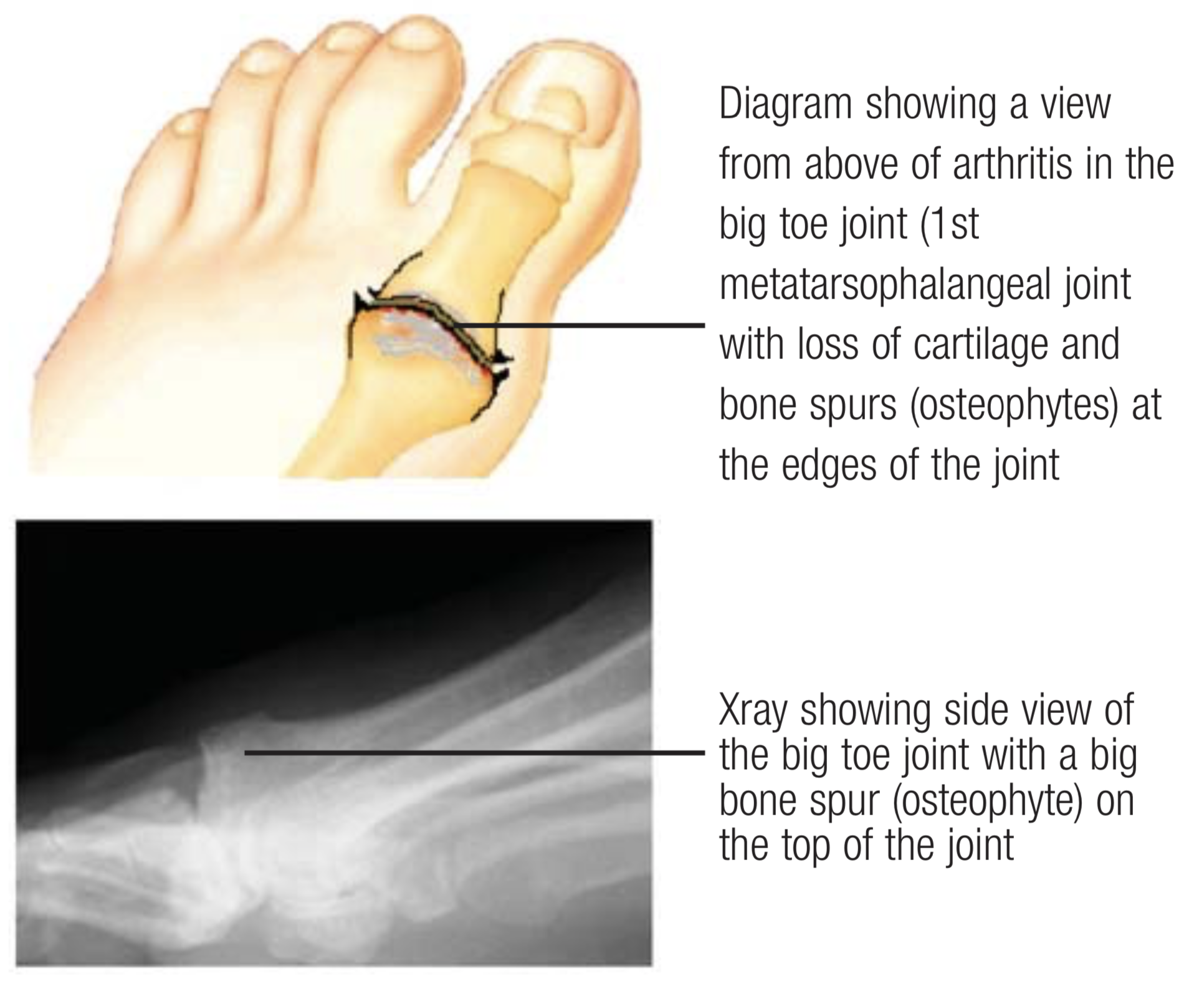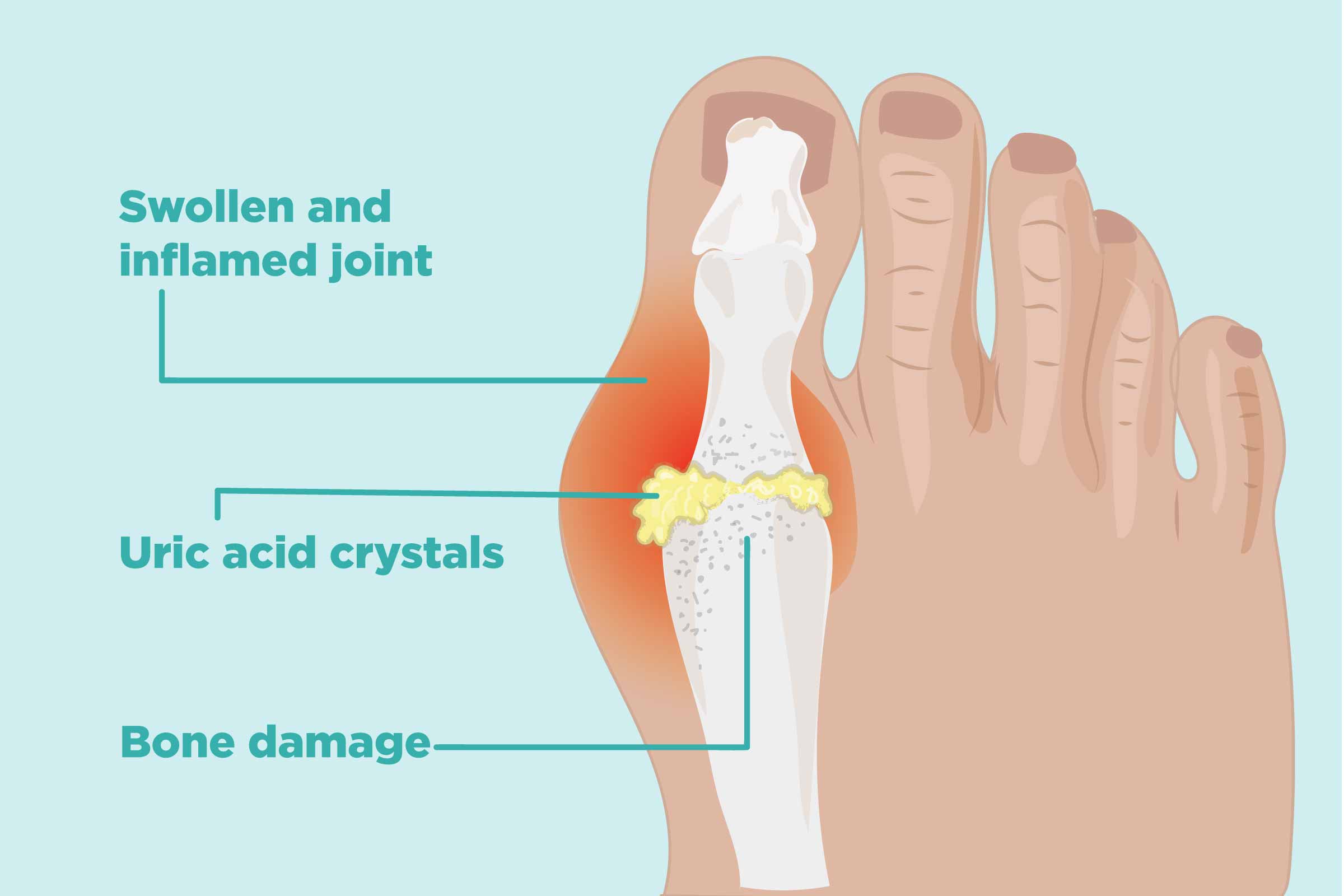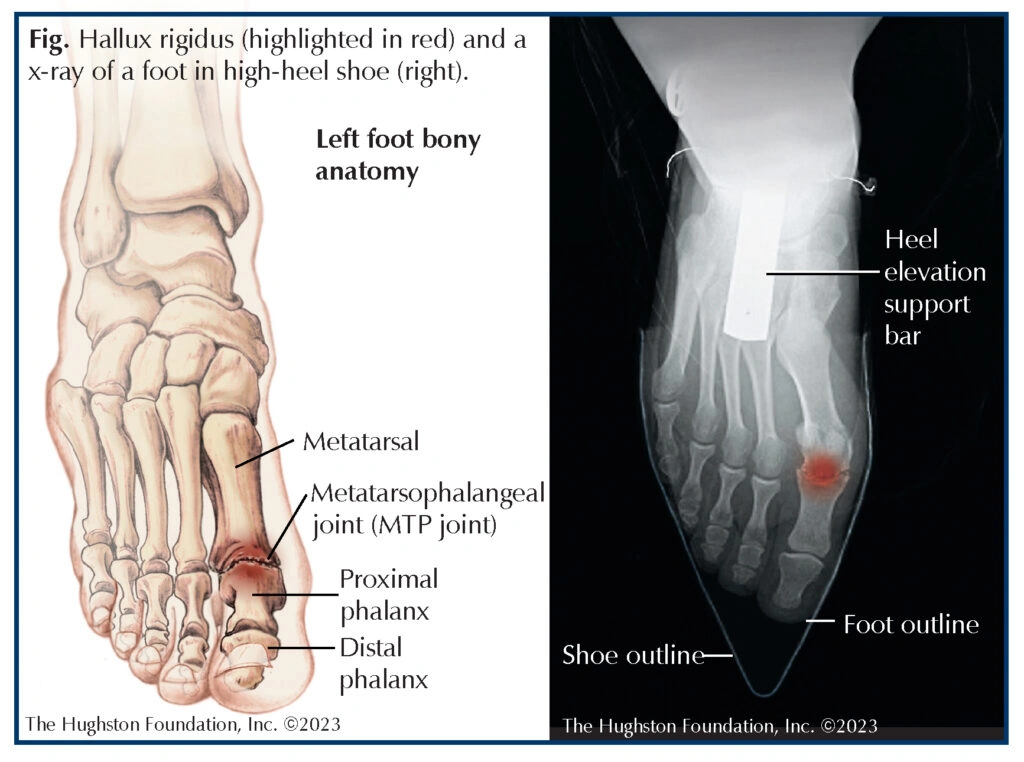Why Your Toe Suddenly Objects
Here’s a fun fact: There’s a joint in your foot that takes a pounding with every single step—tens of thousands of times a day—and it barely gets any credit. The metatarsophalangeal joint (medical term for the big toe joint, or MTP joint if you stumble on the syllables) is the unsung hero of everything from walking the dog to marathon sprints.
But what happens when your “toe knuckle” (yep, it’s a thing) stages a revolt? Ever woken up and your big toe just… doesn’t want to bend? Or you get this stubborn pain, seemingly for no reason at all? Welcome to the world of hallux rigidus—arthritis of the big toe joint.
Trust me, you’re not alone. My own dad—never one to complain—started limping around after years of “pushing through foot pain.” He thought it was just wear and tear but eventually, even tying his shoes made him wince. So, if you’re googling “why does my big toe hurt,” grab a coffee (or tea) and let’s figure this out.

This Annoying Thing Called Hallux Rigidus
First up, what on earth is hallux rigidus? It’s basically a fancy way to say, “my big toe joint is stiff and cranky.” The medical term for the big toe joint is the metatarsophalangeal joint[6], and when arthritis sets up shop there, it goes by the name hallux rigidus.
This condition is mostly about wear-and-tear. Think overuse from sports, years of tight shoes, a nasty stub on the corner of your bed, or sometimes no clear reason at all. Your genetics might even gang up on your feet if other folks in your family have wonky toes[6]. For some, it creeps up slowly—they notice more ache after a long hike; for others, it hits like a truck. You might have noticed big toe joint pain out of nowhere or maybe that discomfort never quite goes away.
Either way, there’s a good explanation… and some decent solutions.
Spotting the Signs (Or, “Is My Toe Broken or Just Mad At Me?”)
Nope, you’re probably not imagining it. Early hints look like this:
- Stiffness at the base of the big toe, especially in the morning or after exercise.
- Pain that gets worse when you push off your toe.
- Swelling, or even a visible bump forming on top of the joint—a classic sign those bone spurs may be moving in[3].
- A clicking, grating, or even a weird urge (I see you) to “crack” your toe. A lot of folks find themselves endlessly trying to “pop” it, but trust me… big toe joint pain feels like it needs to crack is a thing and cracking rarely helps the underlying issue.
Who Gets Toe Trouble?
Athletes? For sure. Dancers? Absolutely. But you don’t need to be a ballet star to get hallux rigidus. It can hit anyone—especially after decades of pounding the pavement (or just living your life with feet in less-than-perfect shoes). Turns out, your metatarsophalangeal joint pays attention… and it remembers every step, jump, or bad shoe decision.
I still remember this guy I met—let’s call him Mike. He’d been running 5Ks in old sneakers. One autumn, his toe just refused to give him a push-off during hill sprints. He shrugged it off—until even walking sent a zinger of pain up his foot. By the time Mike took it seriously, his MTP joint wasn’t just angry… it had sprouted a bony bump you could see through his sock.
The Anatomical Lowdown… But In Plain English
Let me pull the curtain back on foot anatomy for a second. That metatarsophalangeal joint is the point where the first long bone in your foot (your metatarsal) meets the base of your big toe (your proximal phalanx)[3][6]. You use it for everything—walking, running, even just standing in line at the grocery store.
When the smooth cartilage at this joint starts to wear down (think of it as losing the Teflon coating on your favorite pan), bones start rubbing together. Ouch. The result? Stiffness, pain, and sometimes those little bone bumps called osteophytes. This messes with your ability to push off—making you feel awkward and unsteady.
A lot of people chalk it up to “getting older”… but if every step feels like your toe is trying to send out an SOS, there’s more to the story.
Everyday Battles With a Stubborn Toe
This part? It’s real life. That nagging pain isn’t just a “little thing.” People have had to stop hiking, or even walking their dog, because it was just too much. One friend of mine—never missed her morning walks—found herself plotting out every route based on where she could sit down and rest her aching big toe.
And if you’ve ever felt like big toe joint pain feels like it needs to crack, but nothing relieves the pressure… well, you’re not alone. In fact, a lot of people describe that weird, stuck feeling, or a “clicking” that never quite satisfies.
Digging Into Causes: It’s Not Always Your Fault
Okay, quick myth-busting moment. Arthritis in your MTP joint isn’t just punishment for years in high heels, or picking soccer over chess as a kid. Sure, those things contribute, but there’s often more to the story.
Here’s what’s usually at play:
- Overuse. Distance running, jumping sports, or just lots of walking on hard surfaces.
- Injury. That one time you jammed your toe moving furniture? Could come back to haunt you decades later.
- Family history. Some feet are just more prone to it. (Thanks, genes?)
- Foot mechanics. Flat feet or bunions put extra pressure on the MTP joint[6].
- Bad luck. Seriously. Sometimes the joint wears down and nobody can say exactly why.
Curious About Other Causes?
Turns out, even seemingly harmless habits can sneak up on you. Wearing shoes that squeeze your toes together, skipping supportive insoles, or ignoring that “off” feeling after a minor injury? All pieces of a complicated foot-health puzzle.
Sometimes, the pain seems to come out of nowhere. If you’re nodding your head, take a look at this real talk on big toe joint pain out of nowhere. Seriously, a lot of us don’t get a warning—just… oops, there it is.
Treatment: Practical Ways to Cheer Up Your Big Toe
Okay, you’re probably wondering: Do I just “deal” with this forever, or is there hope? Short answer: Yes, there’s hope. And nope, you don’t have to be a podiatrist to start feeling better.
Most folks do best starting with the basics—real, actionable stuff that you can try right now.
Non-Surgical Fixes (No Scalpels, Promise!)
| Remedy | How It Helps | Pro Tips |
|---|---|---|
| Roomy, Stiffer Shoes (think “rocker sole”) | Reduces bend at the MTP joint, lessens pain[4] | Look for shoes with a thick sole—your joint will thank you! |
| Ice Therapy | Cools swelling after you’re on your feet | 15 minutes at a time, use a towel |
| Gentle Toe Stretches | Promotes mobility, relieves stiffness | Easy does it—never force a bend |
| Custom Orthotics | Aligns foot, limits excess motion in MTP joint[2][5] | Ask your podiatrist; store ones work for some |
| NSAIDs (pain meds, like ibuprofen) | Reduces pain, eases inflammation[4] | Short-term use unless your doctor says otherwise |
| Activity Changes | Less jumping, more cycling or swimming | Your toe will appreciate low-impact choices |
Some docs recommend anti-inflammatory injections for major flare-ups. (Been there with my own family member—helped “quiet things down” after a big hike.) But don’t expect a miracle: They help a lot with pain but aren’t long-term solutions[3][8]. Food for thought if you’re on the fence.

When Surgery Steps In (And It’s Not as Scary as You Think)
Alright… sometimes, if your MTP joint is so stubborn nothing else works, surgery comes into play. Not the end of the world. In fact, many people come out the other side wishing they’d done it sooner.
The biggies? Cheilectomy (where bone spurs are trimmed, giving your joint more room to move), fusion (making the joint totally stiff—yes, really—but pain-free!), or a joint replacement for some lucky folks[3]. Each has its place. Cheilectomy is great if you’re not too advanced; fusion for when you can’t take the pain any more. And joint replacements? They’re pretty rare, reserved for folks who aren’t too physically demanding on that foot.
A family friend said it best after choosing fusion: “I thought losing toe movement would be the worst… but life without pain? Totally worth it.” It really comes down to what you want to get back to—walking, dancing, hiking, or just not wincing every time you climb stairs.
If today’s pain feels like big toe joint pain out of nowhere and it’s just not budging, don’t tough it out alone.
Little Wins: Blending Prevention Into Everyday Life
Here’s the silver lining: Early changes now = fewer regrets later.
Switch to roomier shoes. Mix up high-impact days with something kinder on your feet (oh hey, water aerobics). Lose a little weight (your joint feels every pound!), and take those toe-stretch breaks seriously. Even little tweaks can make a massive difference.
Dance? Run? Fine. Just treat your feet like the VIPs they are. Your metatarsophalangeal joint will love you for it.

Don’t Ignore What Your Body’s Saying
A real story: My neighbor—she loved her minimalist shoes. Insisted they made her “walk like our ancestors.” Fast forward, her toe started clicking, then locking. It took months (and a lot of trial and error with shoe inserts) before she found a balance: running less, more foot stretches, and actual recovery time. Now she’s back to hiking, just smarter about it.
If your discomfort feels like big toe joint pain feels like it needs to crack, stop blaming yourself or thinking you’re being dramatic. Those signals are real, and with the right care plan, you can absolutely make progress.
Your Next Step (Pun Intended)
To sum it up… your big toe’s metatarsophalangeal joint might be tiny, but it has a mighty impact on everything you do. Hallux rigidus, that stiff toe arthritis, can be a pain (literally and emotionally), but you’re not powerless.
Listen to your body. Give your feet a fighting chance with better shoes, smart activity choices, and honest conversations with the pros. Maybe you don’t need surgery; maybe you just need a week off from the treadmill.
I’ve seen people go from limping through grocery stores to joining walking groups again—true story. All it took was paying attention, a few changes, and not being shy about getting help when that “pop” or pain just wouldn’t quit. If your experience matches big toe joint pain feels like it needs to crack or comes suddenly out of nowhere, take the next step: make a plan, book an appointment, and don’t give up.
Your feet have a lot more adventures in store for you. Here’s to keeping you moving—no matter what your toes have in mind today.


















Leave a Reply
You must be logged in to post a comment.